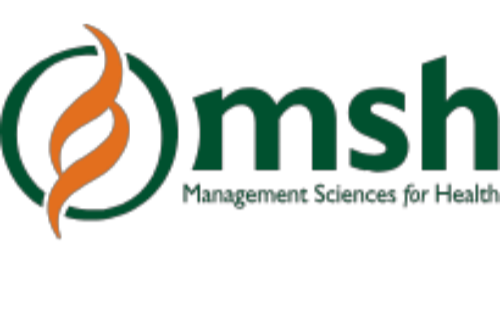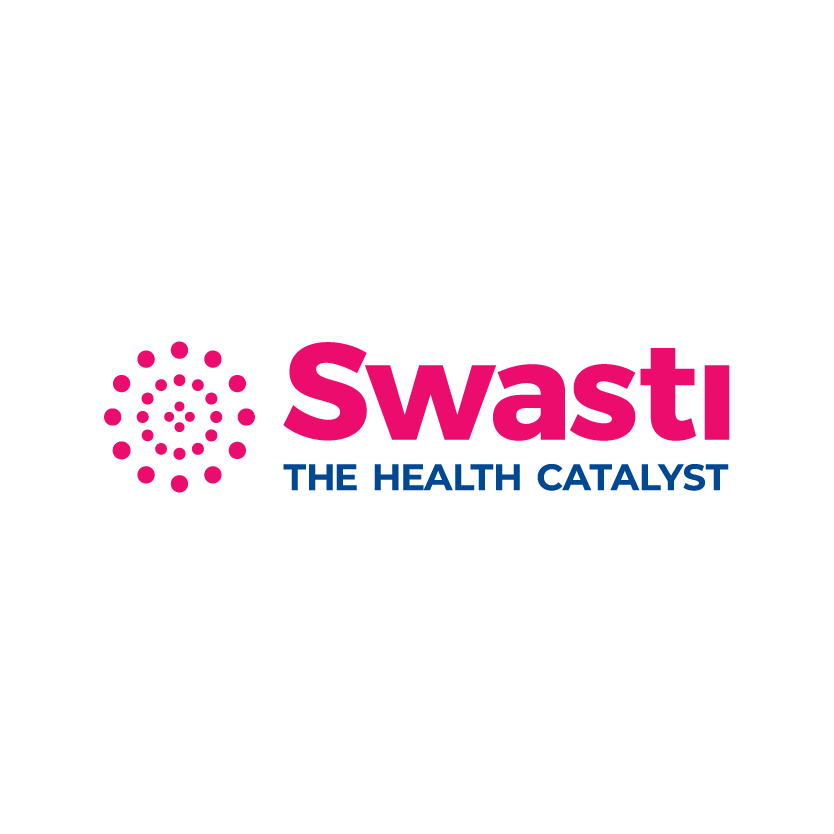Emerging Pandemics


This section hosts guidelines, manuals and toolkits to strengthen public health practice.
Resources
FILTER
BY CATEGORY
View All
Guidance on operational microplanning for COVID-19 vaccination
14 Mar 2022by WHO: Diana Chang Blanc, Santosh Gurung, Ann Lindstrand 10 MIN READ
Microplanning for COVID-19 vaccination involves developing a detailed roadmap for implementing COVID-19 vaccines in the catchment area of a primary health care facility or corresponding institution. The microplan includes components necessary for management of human resources, vaccines and logistics; demand generation and communications; service delivery; and community engagement. An operational microplan is not just a collection of spreadsheets and budgets. Rather it acknowledges human, financial, and logistical resources as well as the geographical, demographic, and sociocultural attributes of the resident population and target community groups.
This document provides a conceptual framework and guidance on COVID-19 vaccination microplanning.
Target audience: This guidance is directed at district and sub-district level authorities, immunization programme managers and supervisory staff from health and other related departments, as well as institutions and stakeholders responsible for planning, implementation and monitoring of COVID-19 vaccination.
Objectives of microplanning for COVID-19 vaccination
- Resource and implement COVID-19 vaccination in a strategic and prioritized manner aligned with the national deployment and vaccination plan (NDVP) for COVID-19 vaccines for effective rollout, acceptance and uptake of vaccines by high-risk population groups and vulnerable individuals.
- Ensure equitable delivery and uptake of available COVID-19 vaccines in catchment areas, regardless of location, social condition, gender or any other discriminatory criteria.
- Enable programme managers to deliver multiple COVID-19 vaccines with different specifications in the same or different timeframes with clear communication to complement the delivery of multiple vaccines.
- Optimize COVID-19 vaccination service delivery while simultaneously ensuring continuity and integration with routine immunization programme, vaccination campaigns targeting older age groups and essential health services.
Major Considerations
Prioritize high-risk population groups and vulnerable individuals: Deciding service delivery strategies Routine immunization programmes and vaccination campaigns targeting older age groups allow service delivery approaches such as health facility based fixed sites, community-based outreach sites, mobile teams and mass vaccination. These approaches can be used for COVID-19 vaccination with required adaptations.
Adaptability of plans to factor in supplies of different COVID-19 vaccines: Depending on the context, health facilities may receive supplies of different vaccine types at the same time. This may require planning for the following situations:
Provisions for adequate operational funding and human resources: COVID-19 vaccination will require funding to implement all related activities like vaccine and logistics management, human resource strengthening, demand generation and continuous communications. Therefore, planners and immunization programme managers should consider short- and mid-term funding requirements in their microplans.
Digital microplanning for equitable access and delivery of COVID-19 vaccines: Digital microplanning involves the use of geospatial data and technologies, including geographic information systems (GIS), to support the planning and monitoring of service delivery at the health facility and community levels.
Related File :
1872159773.pdf
Disclaimer: This website is made possible by the support of the American People through the United
States Agency for International Development (USAID). The Learning4impact partnership is supported by
USAID/India Health Office, under Cooperative Agreement # 72038618CA00001 with Swasti. The
information provided on this website is not official U.S. Government information and does not
necessarily represent the views or positions of USAID, the United States Government, or Swasti.


 EXPLORE DATA
EXPLORE DATA 



























